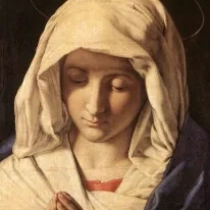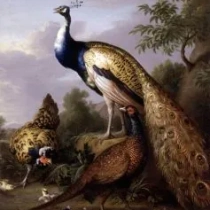Nude Maja
The Nude Maja is an iconic masterpiece by the Spanish painter Francisco de Goya y Lucientes. Created in the late 18th century, this oil painting depicts a reclining nude woman, unabashedly gazing at the viewer with a sense of confidence and allure. Goya's skillful use of light and shadow emphasizes the sensuality of the subject, and the painting is executed with remarkable attention to detail, capturing the softness of the woman's skin and the intricate folds of the drapery.
What sets the Nude Maja apart is its provocative nature, especially considering the conservative norms of the time. Goya's decision to portray a nude woman with such frankness and directness was a bold and controversial move, challenging the conventional representations of beauty and femininity in art. The subject's unapologetic gaze challenges the viewer to confront their own perceptions of nudity, desire, and power.
Furthermore, the Nude Maja is a testament to Goya's technical prowess and artistic innovation. The composition is balanced and harmonious, drawing the viewer's eye to the central figure while incorporating rich symbolism and allegory. Goya's ability to capture the human form with such realism and emotional depth cements the Nude Maja as a groundbreaking work in the history of art.
Overall, the Nude Maja stands as a testament to Goya's willingness to push boundaries and his ability to capture the complexities of human emotion and experience. Its impact on the art world is undeniable, and its legacy continues to resonate with viewers and scholars alike, inviting ongoing contemplation and discourse on the intersections of art, desire, and societal norms.







No Comments Yet...